Carrara showcases the Roman history of its marble
Carrara rediscovers its Roman history and does so with the exhibition Romana marmora. Stories of Emperors, Gods, and Quarrymen, focusing on the Roman bardiglio marble quarry of Fossacava and its role within the broader context of Luna marble extraction. The exhibition will be housed at CARMI - Museo Carrara e Michelangelo, from May 25, 2024 to January 12, 2025. Promoted by the Municipality of Carrara and the ABAP Superintendence for the Provinces of Lucca and Massa Carrara, with the support of the Fondazione Cassa di Risparmio di Carrara, the exhibition is curated by Giulia Picchi, archaeological officer of the ABAP Superintendence for the Provinces of Lucca and Massa Carrara, and Stefano Genovesi, director of the Carrara Marble Museum and the Fossacava Archaeological Area.
The Fossacava site has been the subject of a stratigraphic archaeological excavation, an operation that has deepened the understanding of the quarry’s history in all its aspects. The investigations conducted in 2015 represented a major step forward in the knowledge of this site, and these were followed by the subsequent decision to open the site to the public in 2021, with an expanded and renovated route. The exhibition Romana marmora. Stories of Emperors, Gods and Quarrymen aims to be another opportunity to deepen the knowledge of this historic site and to make its importance known to a wider audience. The exhibition itinerary is divided into four sections: from the first dedicated to Luni and its marble quarries, which will provide the historical and geographical context, highlighting the importance of this Roman colony in marble production, to an in-depth look at quarrying techniques and semi-finished products, passing through the section on Fossacava, which tells the story of the quarry from the Roman age to modern archaeological excavations.
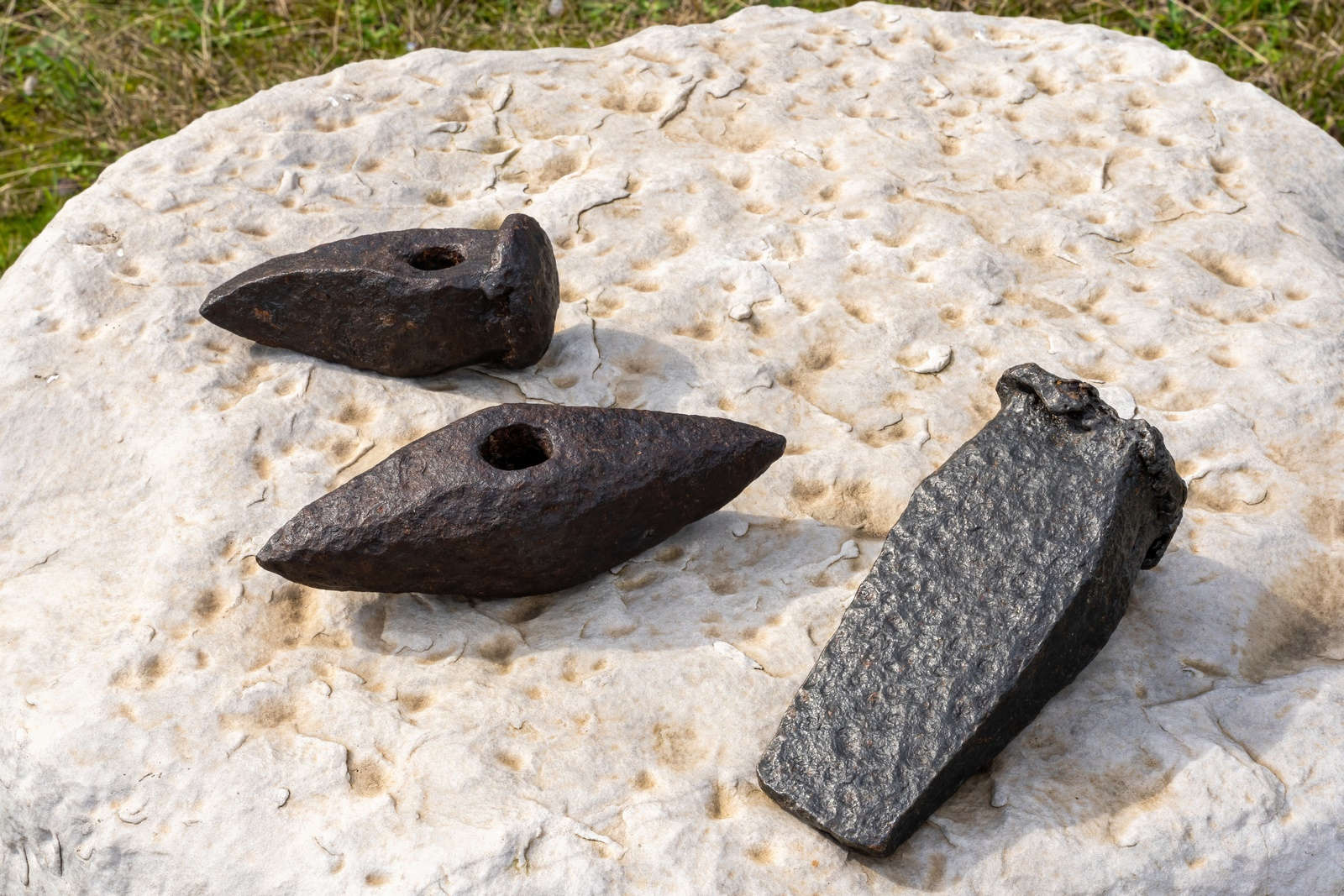
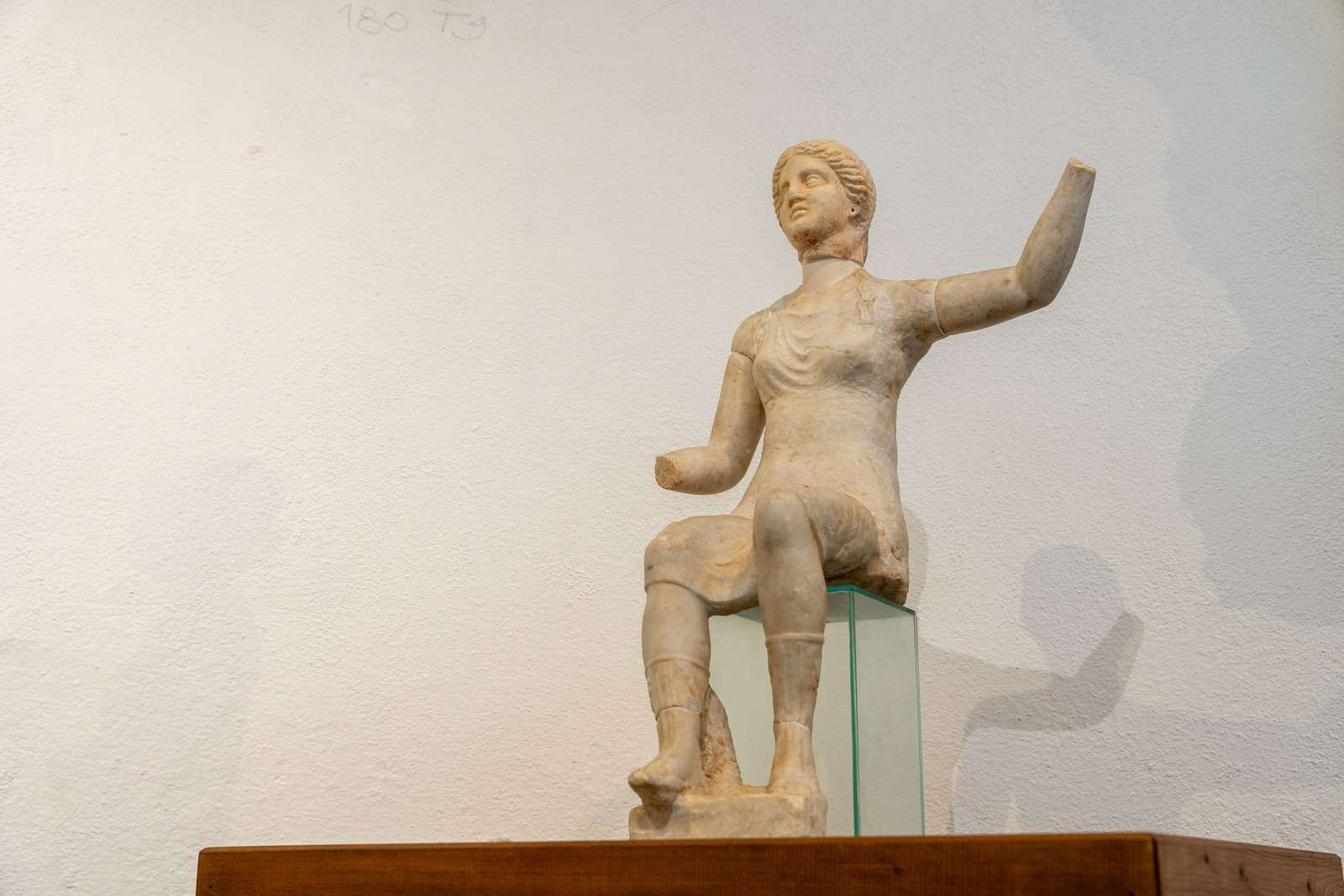

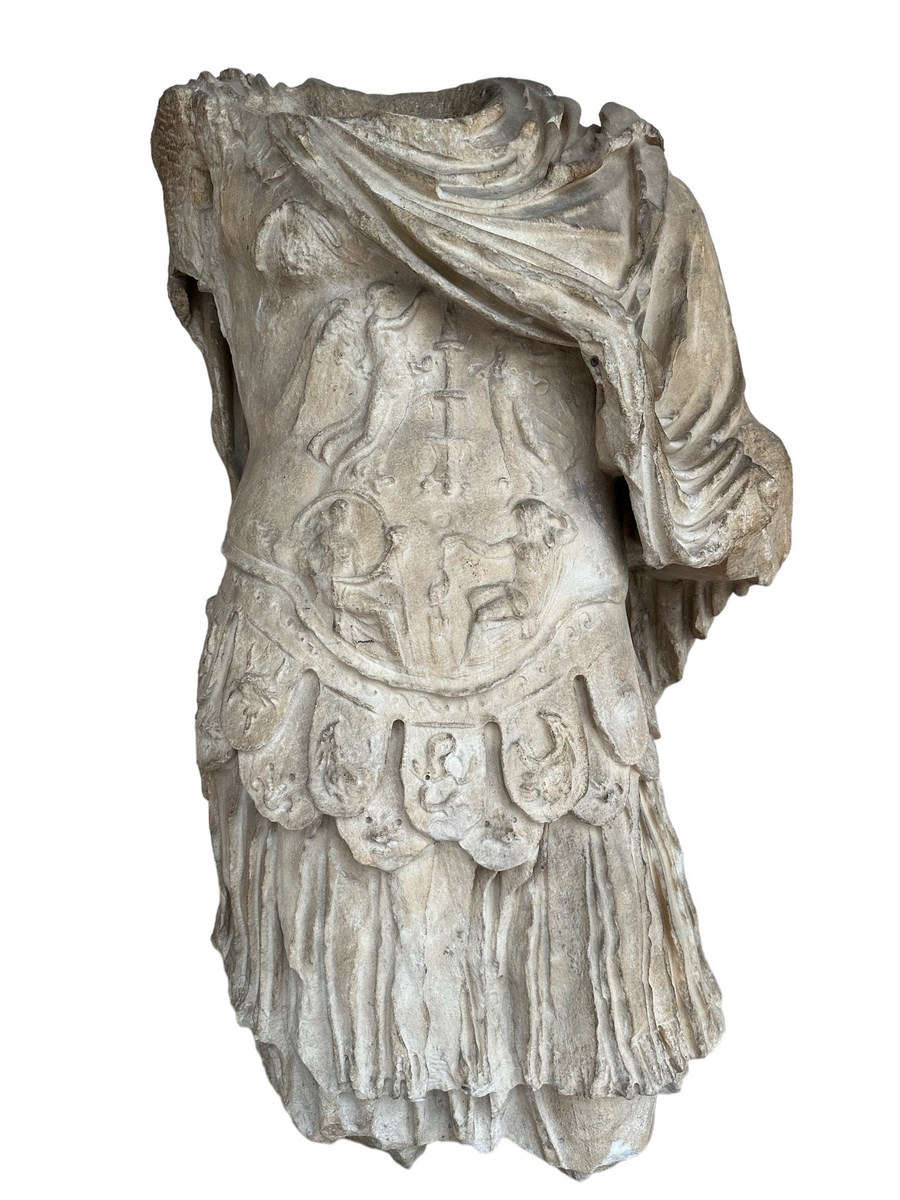
Room 1(Luni and its marble quarries) will deal with the narrative of the history of the Roman colony of Luni along with the extraction of Luni marble, encompassing the period from the second half of the 1st century B.C. to the 3rd-4th centuries A.D. The crucial role of the emperors, especially Augustus, in the progress of mining in Carrara’s marble quarries will be highlighted. A centerpiece of the room will be the loricate statue of an emperor found during the Fabbricotti excavations in Luni in 1889, on loan from the Carrara Academy of Fine Arts. Room 2(Fossacava. History of a quarry, from Roman times to archaeological excavation) will focus on the Fossacava site, with its history being outlined from the extraction of bardiglio marble in Roman times to the archaeological excavation carried out in 2015. Excavation techniques will be highlighted, presenting ancient tools, and issues related to the management of the quarries by the Roman authority will be discussed. Room 3(The Gods of the Quarrymen. Religion at Fossacava) focuses on the spirituality of the quarrymen and other individuals who inhabited Carrara’s marble quarries during the Roman era: special emphasis will be given to the statue of the goddess Luna found at Fossacava, probably a replica of the statue worshipped in the “Great Temple” at Luni. Also on display will be the altar dedicated to Mens Bona, on loan from the Academy of Fine Arts in Carrara, and a relief depicting the god Silvanus, whose worship was widespread among the quarry dwellers, from a domus in Luni and on loan from the National Archaeological Museum in Luni. Room 4(The fortunes of bardiglio in the Empire) tells visitors about the spread of bardiglio marble in Rome, Italian cities and provinces, and in what types of buildings and structures it was used: its use for the colonnades of theater boxes and for making fountains (labra) will be explored in particular. Through the display of some semi-finished and other bardiglio marble artifacts, the various uses of this variety of marble will be illustrated. A space will also be devoted to an experimental archaeology project conducted with the Academy of Fine Arts of Carrara, in the context of which students and faculty will sculpt replicas of bardiglio marble semi-finished products and a finished fountain.
The educational apparatus of Romana marmora. Stories of Emperors, Gods and Quarrymen consists of information panels, captions, reconstruction drawings and thematic videos, and also includes storytelling dedicated to children, complete with a treasure hunt.
“Telling the story of the Roman marbles and the bardiglio of Fossacava,” says Gea Dazzi, councillor for Culture, “means telling the story of the origins of our territory, linked to the excavation of marble and its diffusion in the world, but above all linked to the great skill of men who were trained here and learned unique trades such as quarrying marble and working it with a masterful wisdom to be spread and preserved. Input of the exhibition is to create awareness and knowledge of our identity in visitors who we hope will be numerous. Therefore, I hope that the younger generations and students, also thanks to the popular slant designed by the curators, will be able to draw important information about a unique territory in the world.”
“It is a high-level and wide-ranging cultural project with important educational implications, which we appreciated from the moment it was proposed to the Fondazione Cassa di Risparmio di Carrara,” explains President Enrico Isoppi. “We have therefore followed its developments, supporting it with conviction, because we are certain that it will be able to give prestige to our territory and promote it beyond its borders, making known the rich and millennial history of the city of Carrara and the entire province, which has its ancient cradle linked precisely to the working of marble, of the stone that has made this territory famous in the world.”
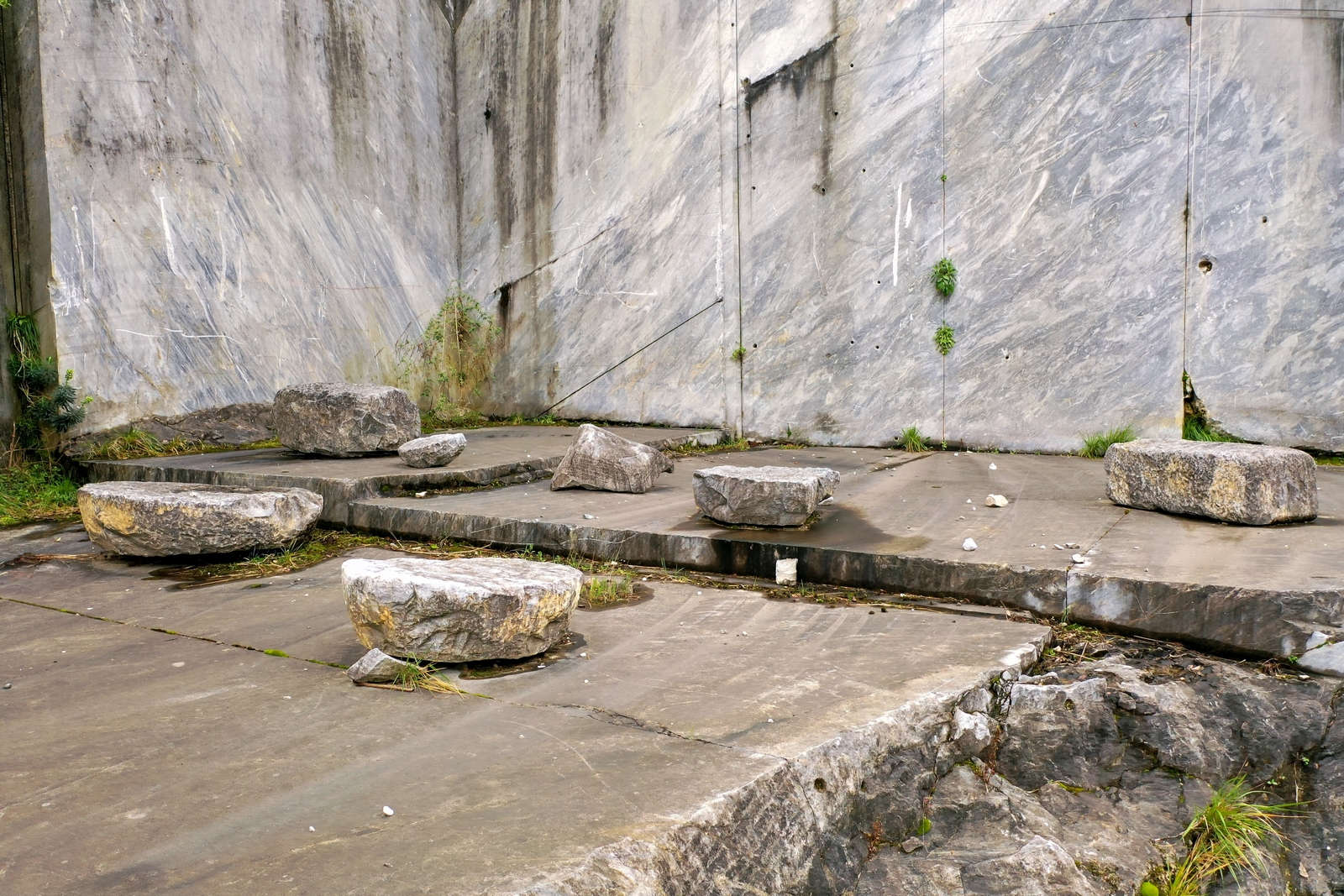
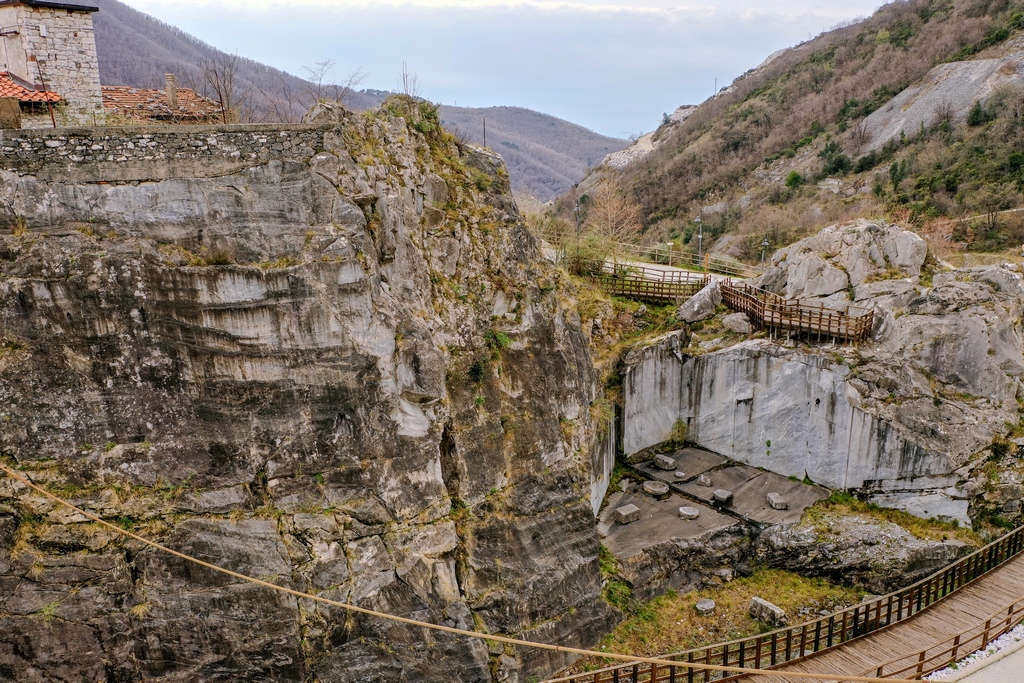
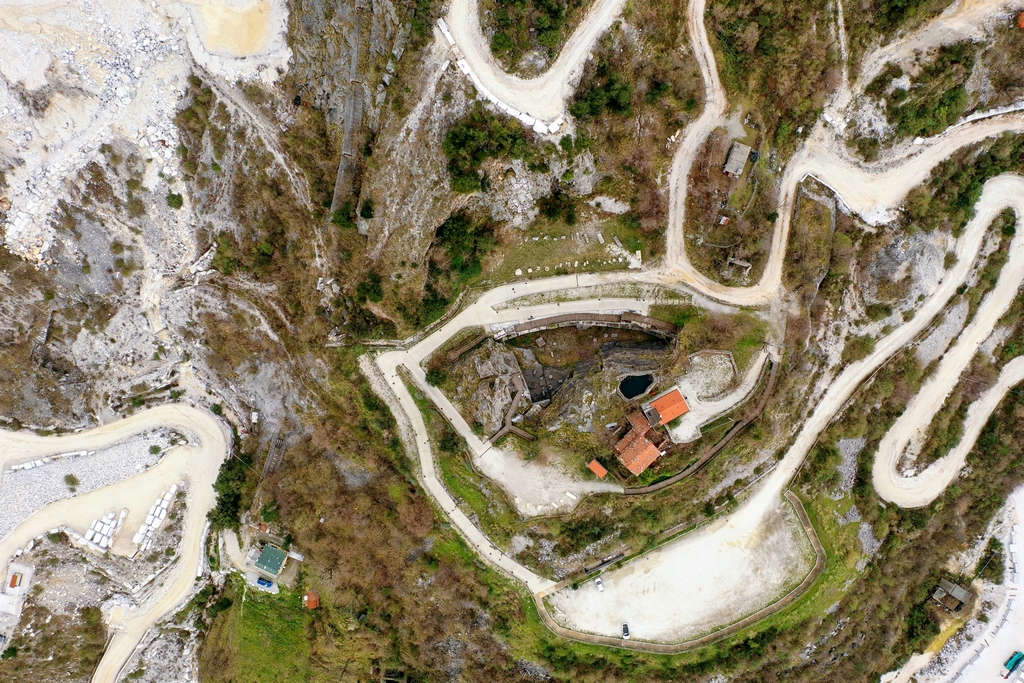
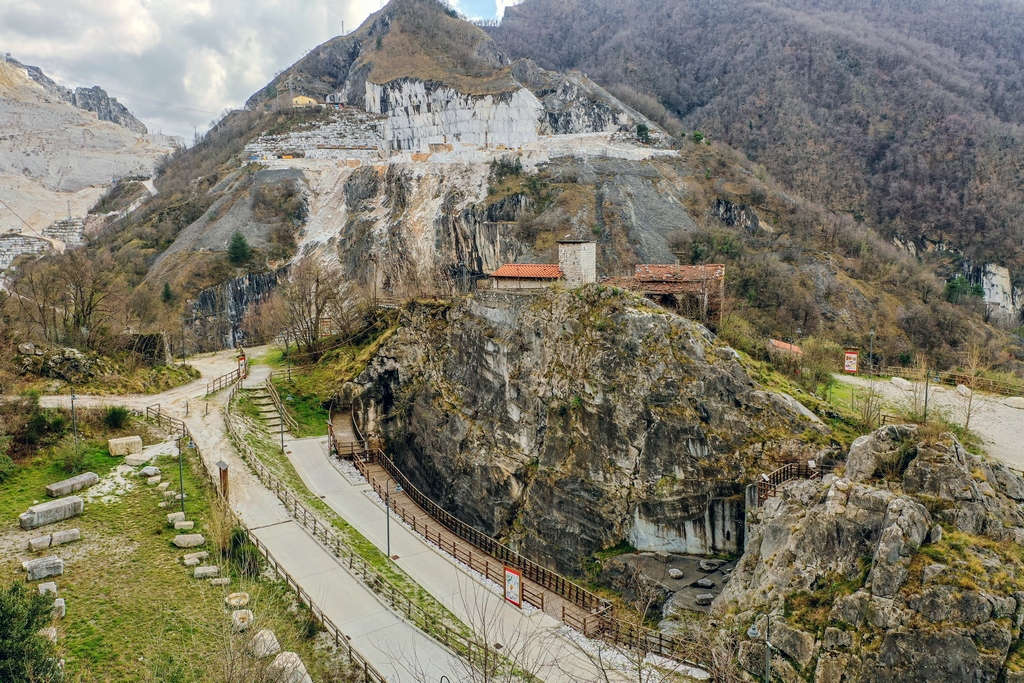
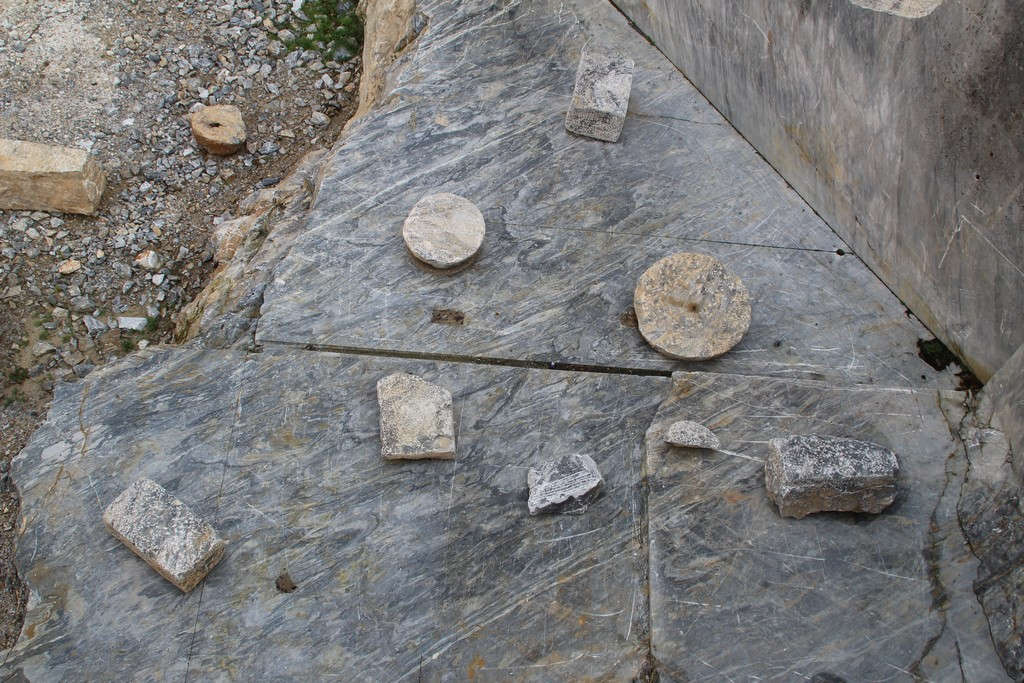
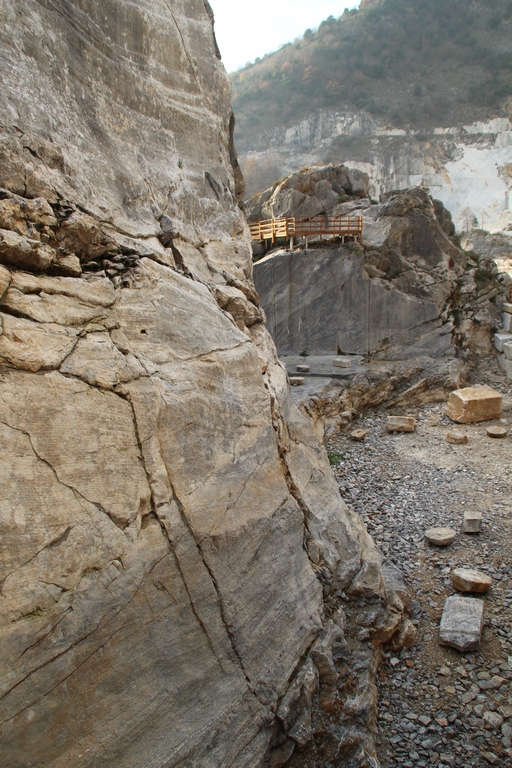
“Old finds and recent excavation data have made Fossacava one of the best known quarries of the Roman age today,” explain curators Giulia Picchi and Stefano Genovesi. “Its opening to the public in 2021 has resulted in an annual attendance of 10,000 visitors, confirming the extraordinary interest in this site. With the Romana marmora exhibition, we wanted to consolidate and further boost this positive trend by creating, around the quarry, an event that would tell the history of the site and the people who revolved around it to as wide an audience as possible. The emperors of Rome, their slaves and freedmen, the contractors, the merchants, and, of course, the quarrymen are the actors in a fascinating script in which the toil and sacrifice of many men are inextricably linked to the political propaganda and luxury that marble was capable of expressing.”
The CARMI museum Carrara and Michelangelo is open to the public until May 31 from Tuesday to Sunday 9 a.m.-12 p.m. and 2-5 p.m., from June 1 from Tuesday to Sunday 9:30 a.m.-12:30 p.m. and 5-8 p.m., closed Mondays, closed Nov. 1, Dec. 25-26, Jan. 1, Jan. 6, in the afternoons of Dec. 24 and 31, and in the afternoon of Aug. 14. Admission to CARMI (including visit to the exhibition): full € 5, reduced € 3, free admission available. For information: M. +39 335 1047450, museo.carmi@comune.carrara.ms.it, https://carmi.museocarraraemichelangelo.it.
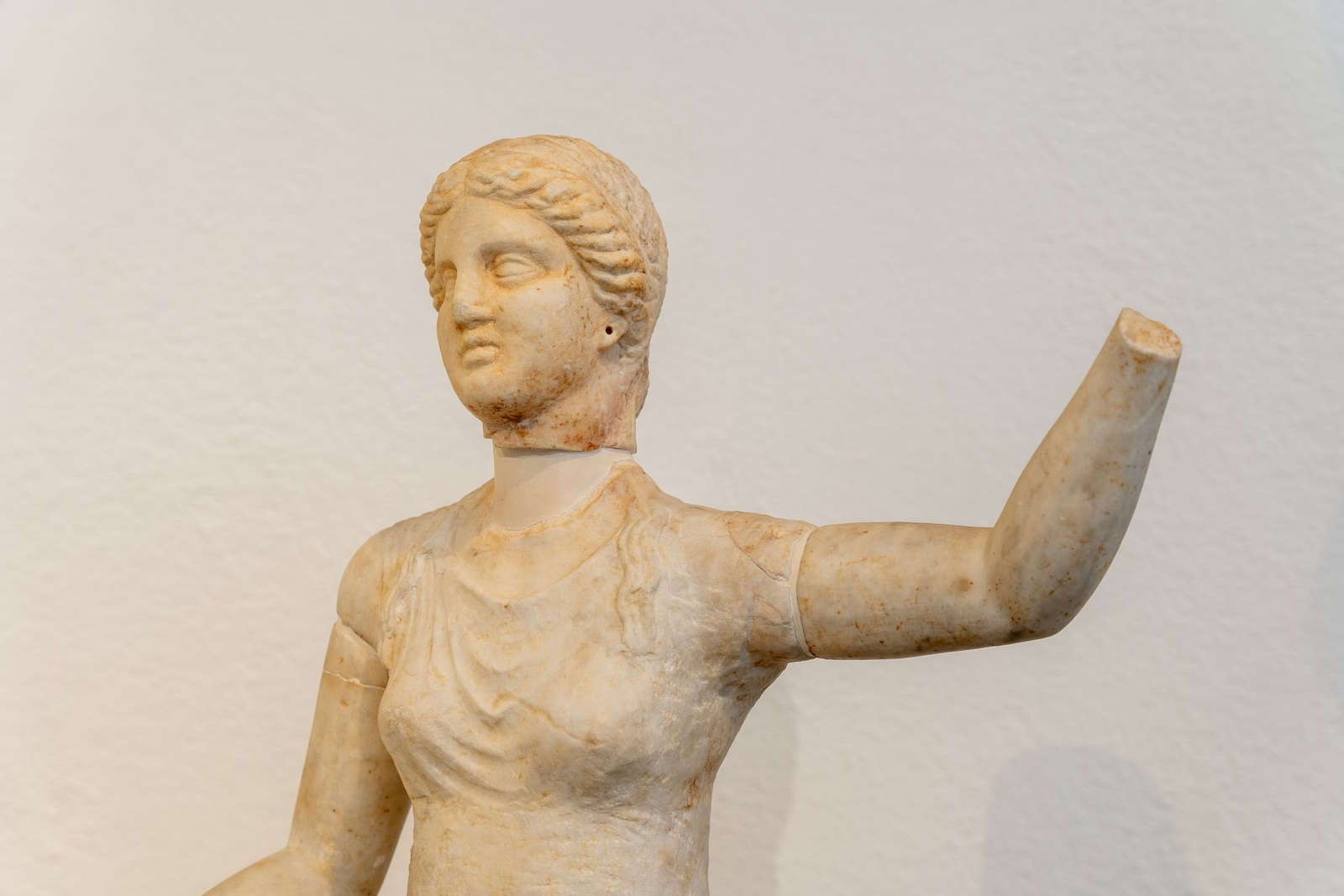 |
| Carrara showcases the Roman history of its marble |
Warning: the translation into English of the original Italian article was created using automatic tools. We undertake to review all articles, but we do not guarantee the total absence of inaccuracies in the translation due to the program. You can find the original by clicking on the ITA button. If you find any mistake,please contact us.





























